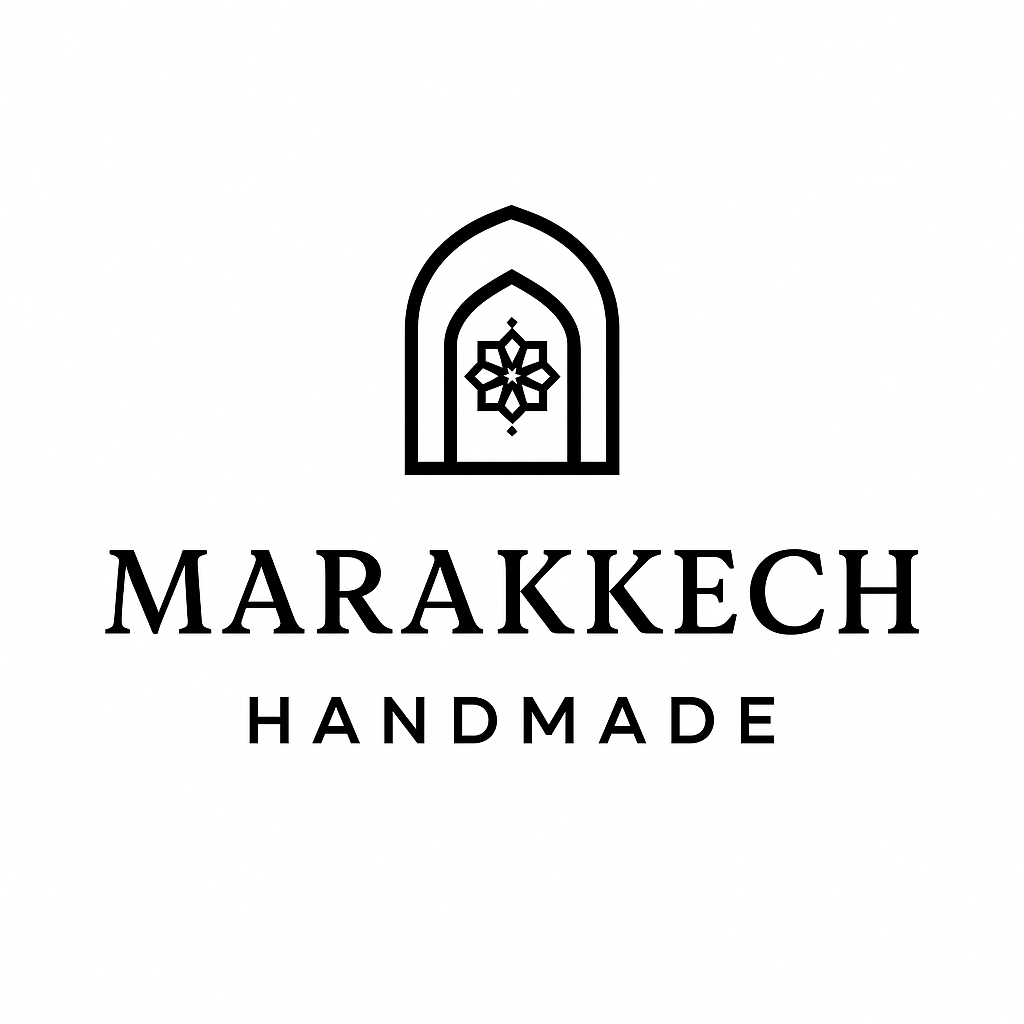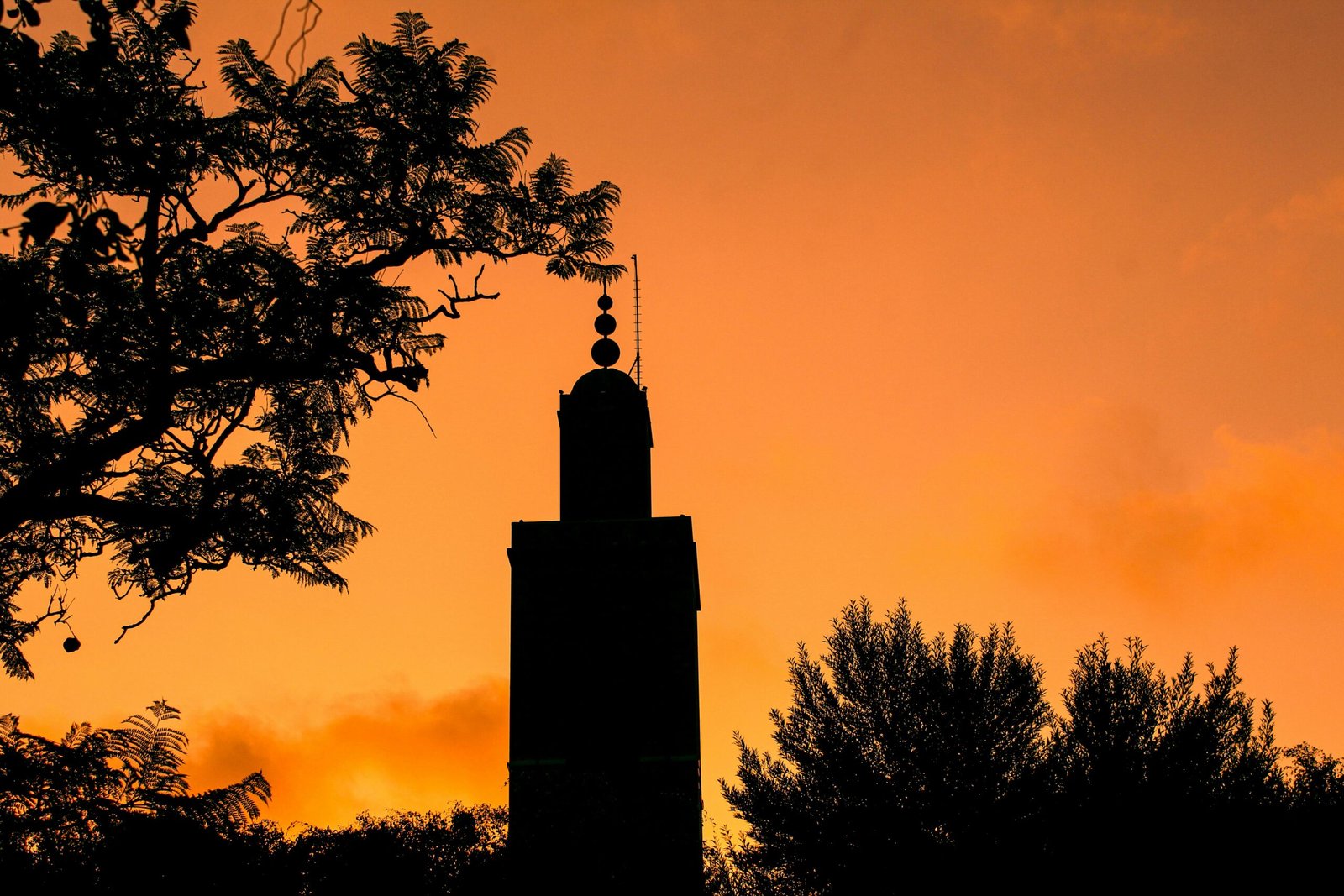
Carpet & Textiles
“Patterns that tell untold stories.”
Woven textiles full of patterns and colors, from blankets to shawls. Moroccan textiles carry the warmth of the artisan’s hand and the soul of tradition.
Marrakech Textiles Types
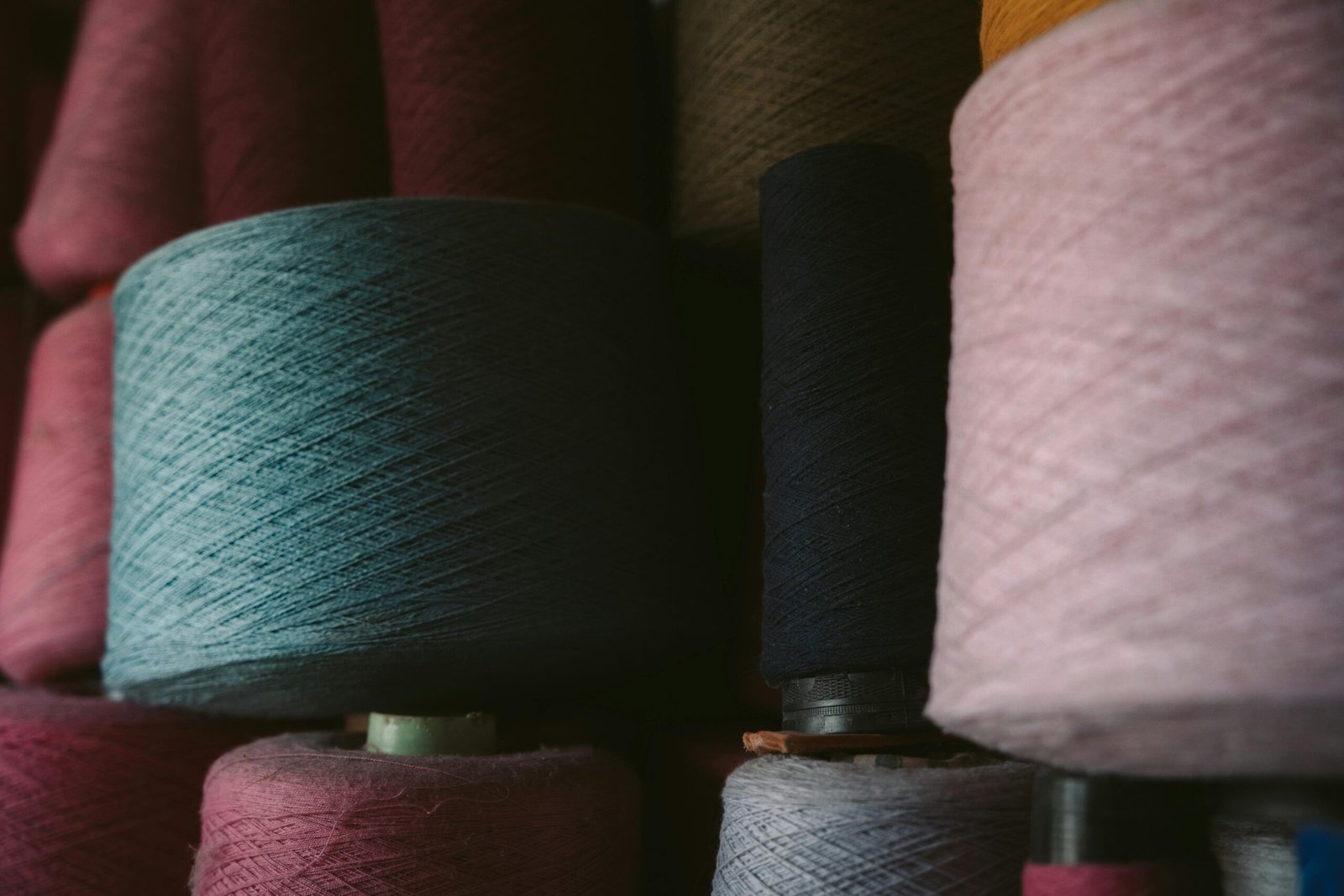
Fibers
Common fibers include silk, known for its softness and sheen, wool, and cotton, though linen is less popular for traditional garments.
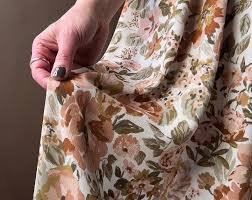
Blends and Imports
You can also find fabrics like viscose crepe (marocaine) with a tighter weave and drapes, as well as imported materials such as Italian silks and woolens. .
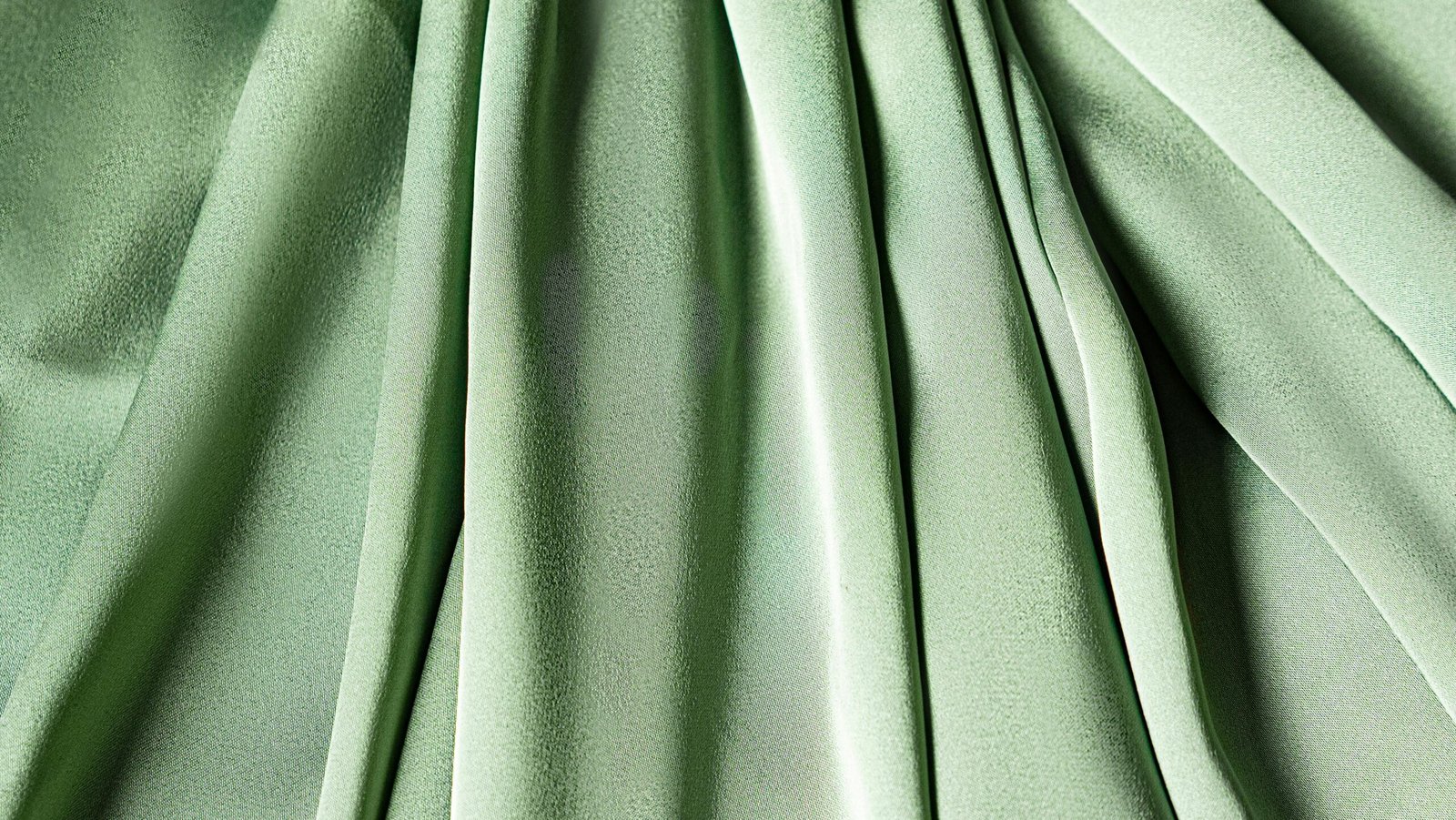
Synthetic Fibers
While traditional fibers are common, you might also find synthetic options like chiffon.
Marrakech textiles Most Famous
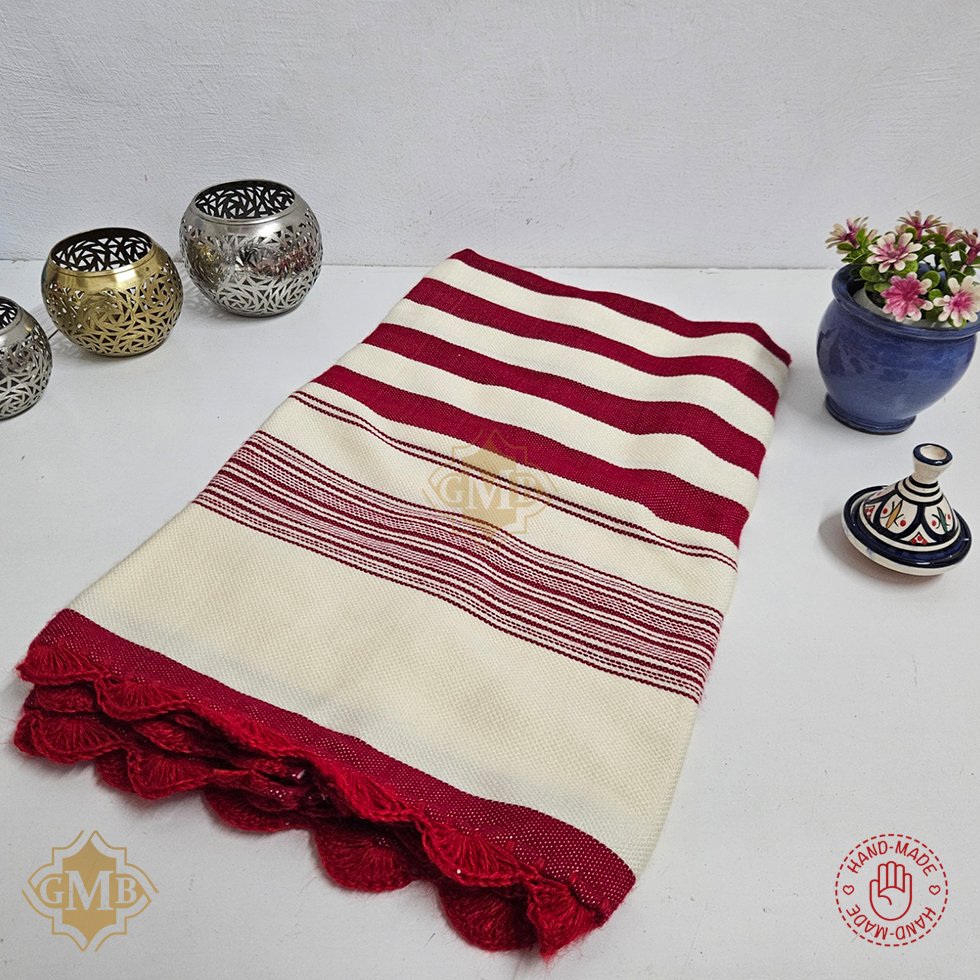
Handwoven Shawls (Mendil & Tahandirt)
Colorful shawls, often striped or patterned, traditionally worn by women in the Rif and Atlas regions. These textiles are both functional and symbolic, carrying regional identity in every weave.
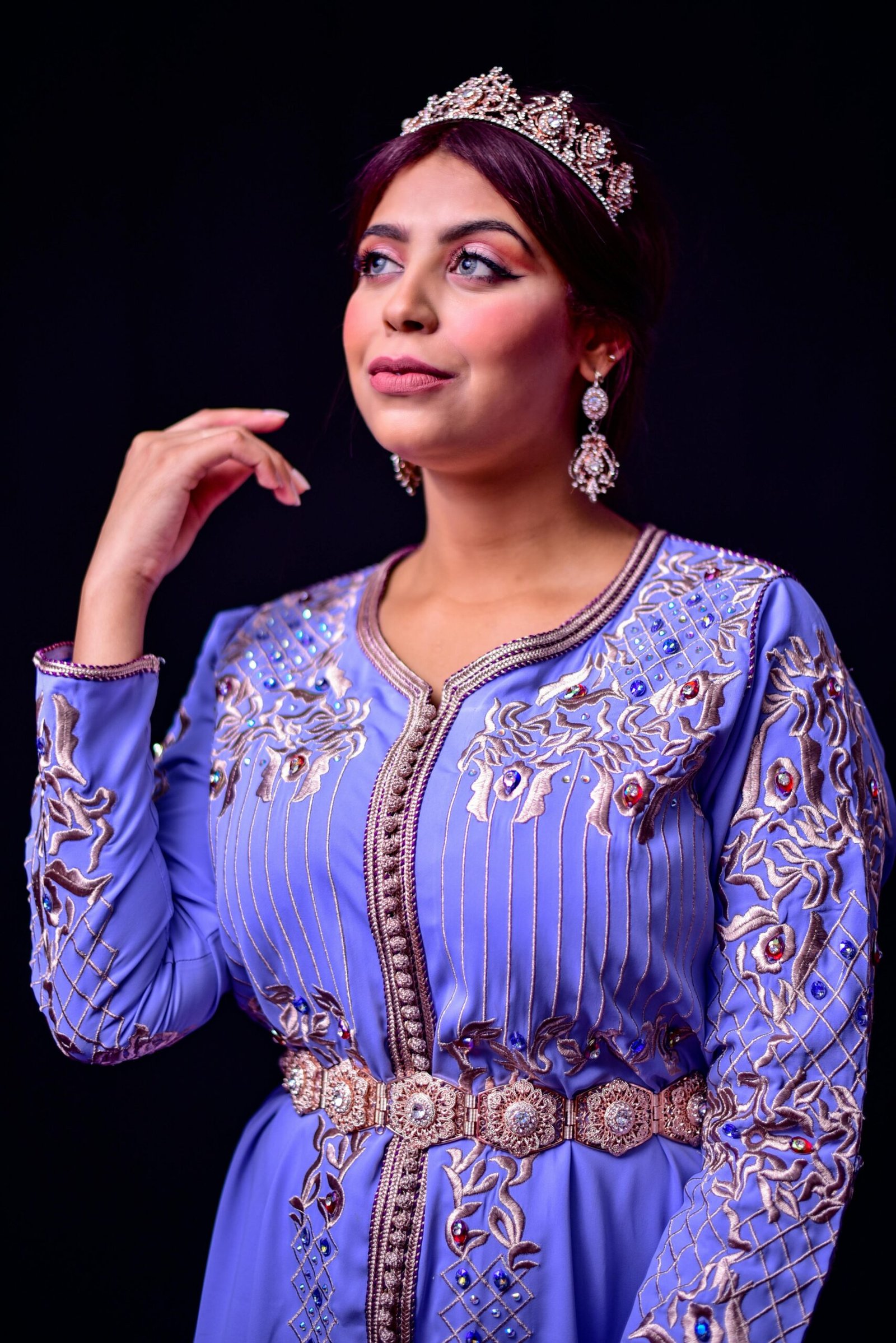
The Moroccan Caftan
The caftan is Morocco’s iconic ceremonial garment, richly embroidered and made from silk, velvet, or brocade. Once reserved for royalty, today it is worn at weddings and festivals, symbolizing elegance and heritage.
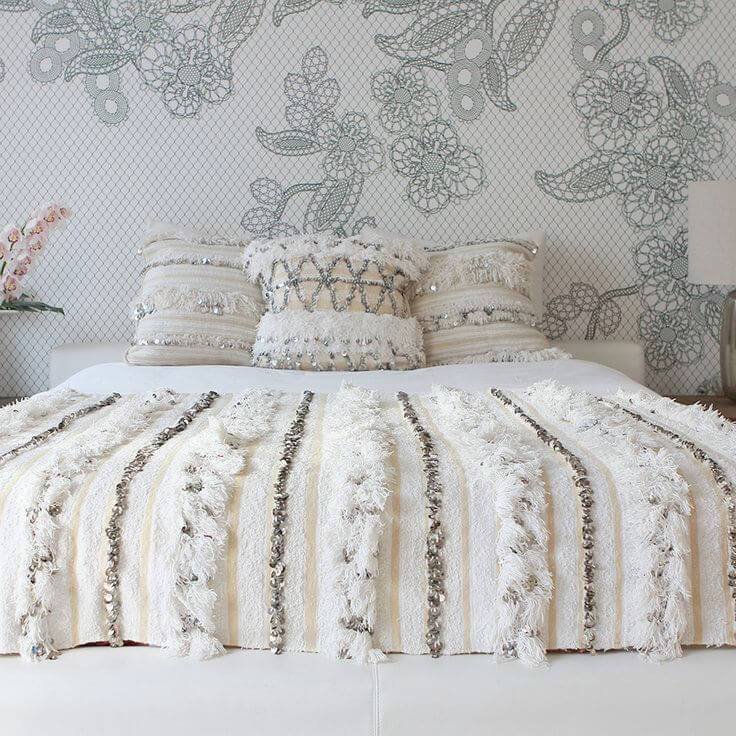
Berber Blankets (Handira / Wedding Blanket)
Famous for their sequins, wool texture, and symbolic motifs, these blankets are traditionally given to brides. Each piece is handwoven with protective and symbolic meaning, blending utility with artistry.
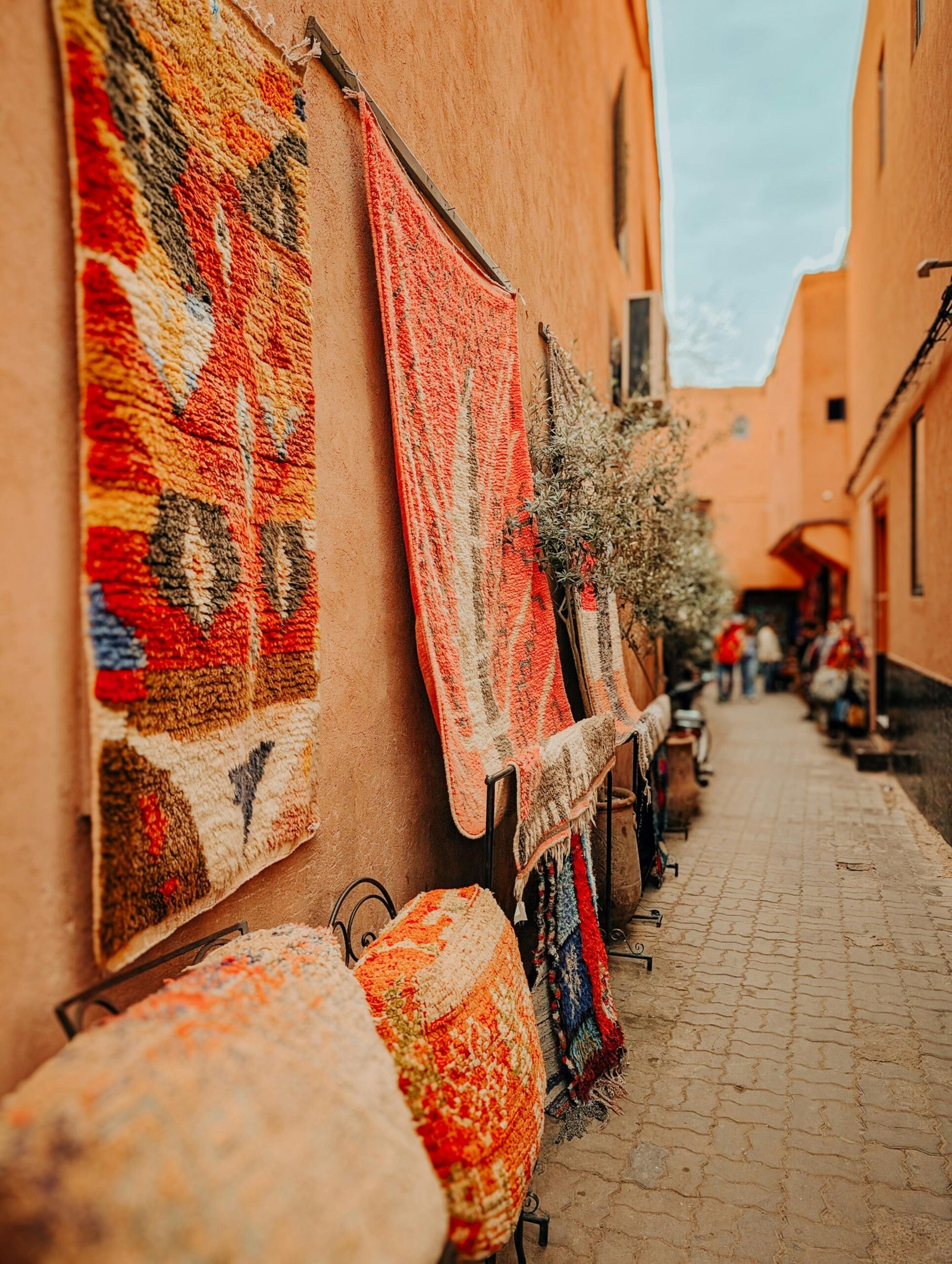
Kilims & Woven Fabrics
Flat-woven textiles used as carpets, wall hangings, or covers. These textiles showcase bold geometric motifs and natural dyes, representing the cultural language of Berber tribes.
How to Identify Authentic Traditional Textiles
Authentic Marrakech textiles are woven stories of culture and tradition. Handmade on wooden looms, true pieces reveal slight irregularities in weave, hand-dyed colors from natural pigments, and symbolic patterns passed down for generations. Each caftan, shawl, blanket, or kilim carries the warmth of the artisan’s hand and the legacy of Moroccan heritage..
